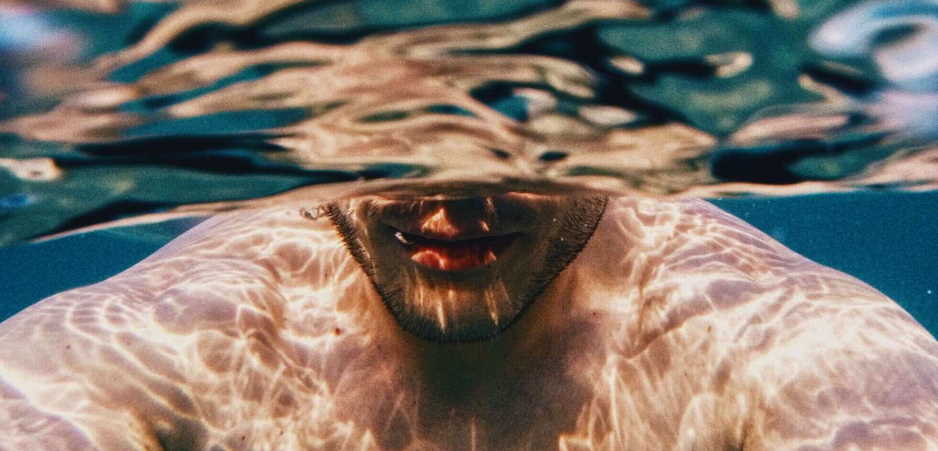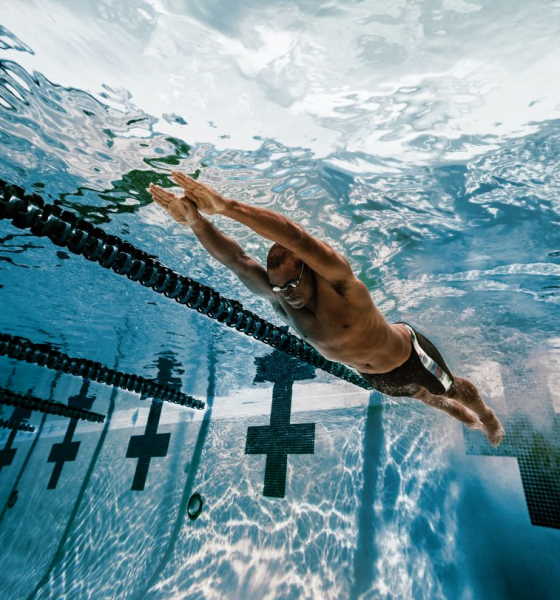
The Perfect technique of breathing underwater
Breathing is one of those autonomous body functions under the control of nerves that don’t require us to put any conscious effort. The breathing rhythm changes with heavy exercises but reaches normal phase within short span under normal conditions however the tricky part of breathing is while underwater that is while swimming. Though it’s not easy as breathing on land it doesn’t mean it can’t be practiced. The precise breathing technique not only makes one comfortable in water but also increases the efficiency of the swimmer and brings out a hundred per centoutputs. It transforms a novice swimmer into a professional
The right way
The correct posture while swimming ensures proper breathing. Face in water keeps the legs up without dropping, which is a main factor to reduce strain and keep up with the oxygen demand of the lungs. After mastery of the perfect posture, the art of breathing can be effortlessly acquired just by following few tips for breathing while swimming.

First, exhale maximum volume of air underwater through mouth and nose, most preferably nose. This will help to breathe in a high volume of fresh air within a short time; the head is above water, as the lungs are mostly empty. Second, inhale when the head is above the water through mouth simultaneously expanding the chest. Sticking to these tips in mind will surely pay off by saving the time of taking a break while training or racing.
The difference in strokes
 Basic breathing methods being the same, a slight difference in the movement of the head and the timing is followed with varied swimming styles. In a breaststroke inhalation is done when the hands are pulled towards the body which helps the head to come above water facing forward, whereas during a front crawl air is inhaled when turning the head to the side, this has to be timed properly with the hand movement which or else may result in misalignment of posture or risk choking. The head can be turned to one side or it can be bilateral.
Basic breathing methods being the same, a slight difference in the movement of the head and the timing is followed with varied swimming styles. In a breaststroke inhalation is done when the hands are pulled towards the body which helps the head to come above water facing forward, whereas during a front crawl air is inhaled when turning the head to the side, this has to be timed properly with the hand movement which or else may result in misalignment of posture or risk choking. The head can be turned to one side or it can be bilateral.
Practice makes perfect
This regularly incorporates rhythmic breathing in the pool and helps to swim without getting out of breath. The main points to be remembered are the perfect posture, breathe in with mouth, breathe out through the nose, the perfect timing and above all the secret of success-“practice”. Practice incorporates a rhythm to the style and stroke. The rhythmic pattern breaks the intermittent breathing on a drill and makes swimming much easier and will turn out to be a new tranquillizing experience.
